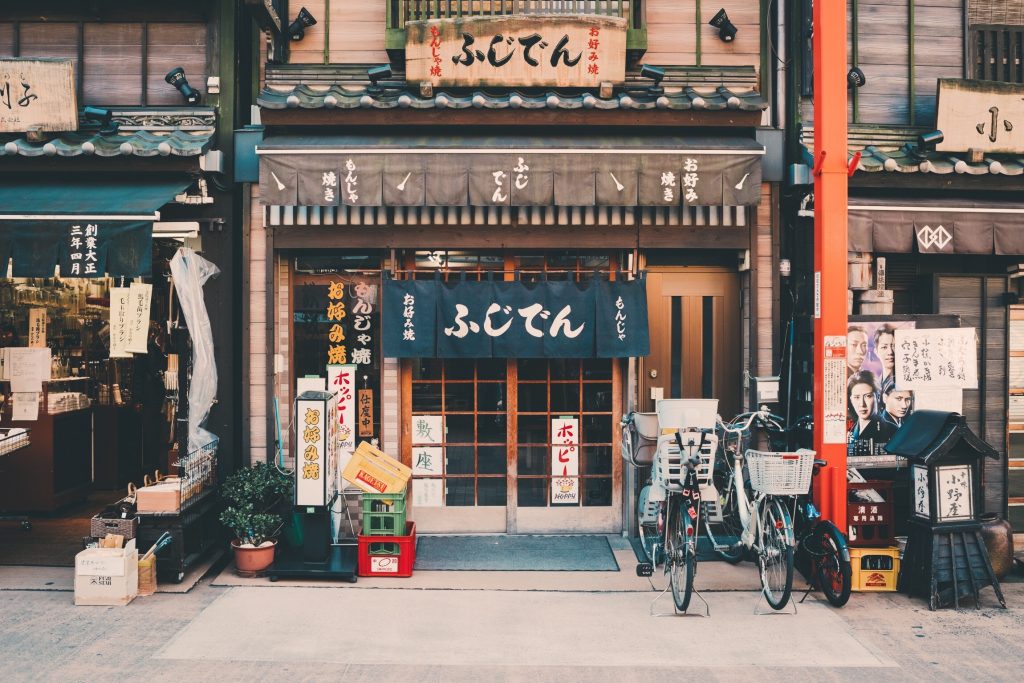
June 27, 2019 | Improving Toronto
The region around Toronto is estimated to grow by almost 40% by 2041.
That’s a lot of growing. Certainly not as fast as some cities in the world, but enough to make a significant impact on the Toronto region. For me, Toronto often doesn’t always plan enough ahead for its growth, but tries to catch up after growing. Our transit system is the perfect example. We are only now trying to catch up on transit infrastructure that should have been done decades ago.
Still, we do some things very well. We attract immigrants from all over the world. Diversity has become our brand. We attract businesses. Tech companies, good sports teams, and we’re a centre for the arts. We are considered a progressive, forward-thinking city.
That said, there’s room for improvement. We can become a more transparent, better planned, less traffic-cursed city if we take a look at the great things some other cities have done.
Here are 3 cities we could learn from:
Tokyo, Japan
There has been a lot of chatter lately in Toronto about its missing middle. In case you are not familiar with the term, the missing middle refers to housing stock of multi-unit apartments in a house, condo townhomes or 4-12 storey mid-rise condos. They provide enough density to support public transit and local commercial areas. It’s the kind of housing that often appeals to middle class citizens who want to buy in this city nowadays. Toronto has some of this housing, but is mostly low-density houses mixed with pockets of high-density towers. The middle is missing. That’s the not so in Tokyo…
In fact, the missing middle is the dominant housing type. With 13 subway lines carrying 8.7 million passengers daily, plus an integrated commuter line, Tokyo not only knows how to move people, but they know how to create housing for them. There is certainly traffic in Tokyo, but their transit system allows for less traffic than we have here in Toronto. And just a reminder: more people live in Greater Tokyo than in all of Canada. You can learn more about what Toronto can learn for Tokyo here. Needless to say, Toronto can take on its affordability issues by creating more areas with gentle mid-range density.
Sydney, Australia
Though Sydney is on the other side of the world, it does have a lot in common with Toronto. First, it has become a better and bigger city on the strength of its immigration. Both cities are hubs for international immigration from all over. Sydney may have the beaches and warm weather, but they have something else that makes real estate a little more transparent: Auctions. Now, I’ve blogged about auctions before. Unlike Toronto, when you are competing for a property, all offers are put on the table in Sydney. So, you know exactly what your competition is offering including the price they are offering and any conditions they may have. In Toronto, the current model only allows for blind offers. You don’t know the contents of the other offers when you are competing for a property. Now, I’ve been around enough buyers to know most would prefer a more transparent model where they know the offers of the competitors. This won’t make prices lower. In fact, the adrenaline of auctions can push up prices. Syndey is not a cheap place for housing. But for those who crave transparency, Toronto can learn a thing or two from Sydney.
Zurich, Switzerland
23 cities in Europe are taking great measures to bring cleaner air and better urban transport to the their cities. Toronto can learn a thing or two from them. Though our air quality has improved since we closed the coal burning plants, these cities, particularly Zurich, go beyond that with the Soot Free Cities Initiative. Zurich is leading the charge with the best measures being taken so far. Their goal is to reduce city emissions to what is considered sustainable (not adding more pollution to the city) by 2050. Their public transit is up 42% from 2005. There’s a 26% increase in walking. Zurich has made public transit a priority for decades. They have even electrified some of their buses and more are in the works. Not everyone will use public transit, but by improving transit routes, more people can move around the city more easily, and it becomes a more appealing option.
Toronto has been changing fast for a while now. It may feel like it’s out of our control. If we look around at other cities, we realize that it doesn’t have to be. We can do real estate better. We could move people better and we can plan for future development better. It’s never too late to get it right.

